Bay windows create a more spacious feel and allow more natural light into your home. Insulating these bay windows reduces heat loss and drafts coming in through the window, enabling you to save money on heating costs. But how can you insulate the bay windows? We talked to the experts, and this is what we discovered.
To insulate bay windows:
- Cut foam insulation board to fit the underside of the bay window seat.
- Attach the board to the seat.
- Cover the insulation board with a piece of plywood.
- Fasten the piece of plywood in place.
You can install a piece of edge molding over the outer ends of plywood to improve aesthetics. Additionally, caulk any gaps between the insulation board and the wall to create an air seal.
There are various factors to consider when insulating the bay windows. Dive in to discover more about insulating your bay windows. We will also discuss choosing the right bay window design for your home and ways to make your windows more energy efficient.
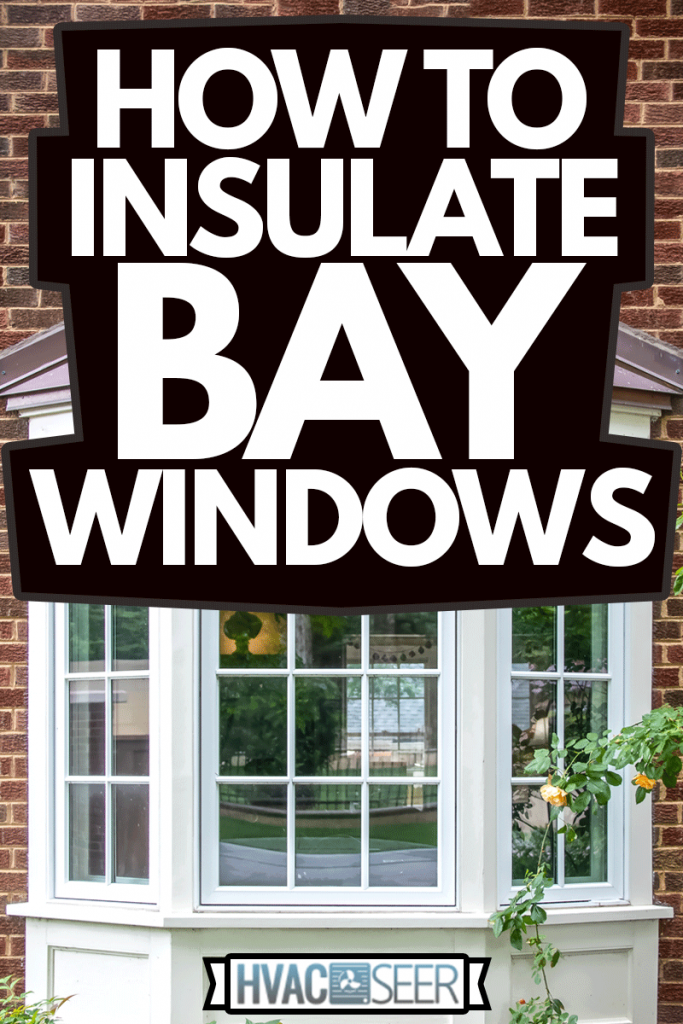
Insulating Bay windows
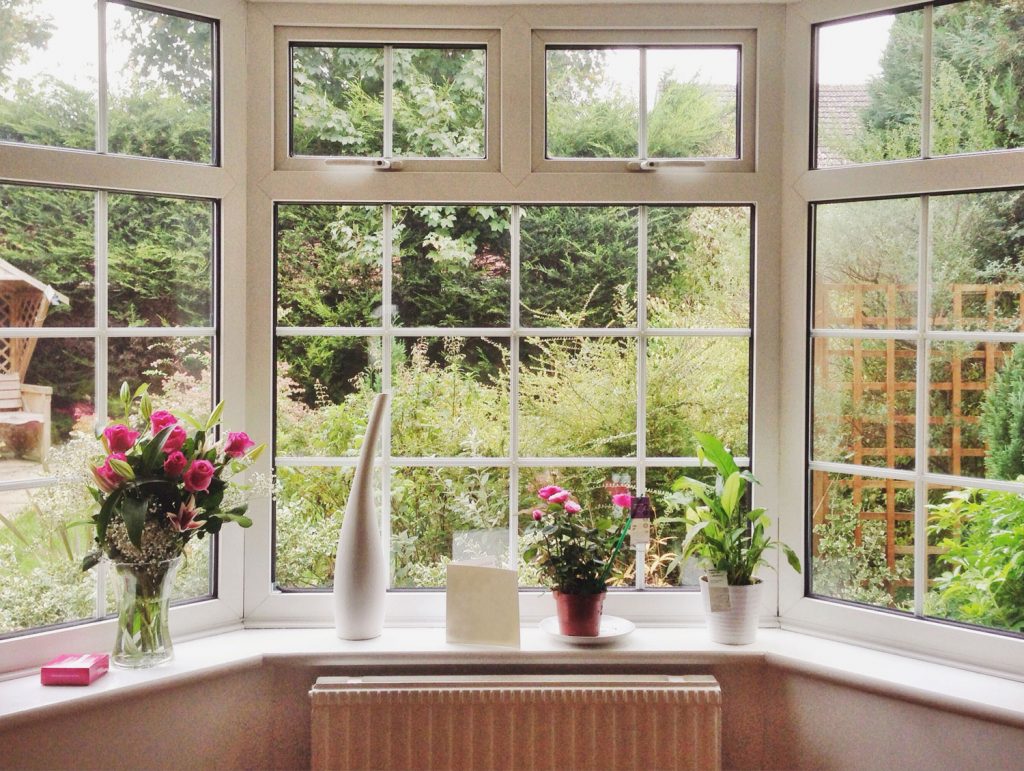
Your home should be a comfortable and cozy place to relax and enjoy yourself throughout the year. Moreover, with increased awareness of energy consumption in our homes and the effects on climate, there is an increasing need to do our best to conserve energy.
For these reasons, we look for ways to minimize energy consumption while at the same time ensuring that our homes are as pleasant as possible.
Why should you insulate Bay windows?
Insulating bay windows improves your HVAC system's effectiveness. With reduced air leaks, the HVAC system will not need to work as hard to keep your home at a suitable temperature.
Because the system is not overworked, it doesn't break down as often, reducing costs incurred on repairs. Further, reduced breakdowns extend your appliance's useful life.
Insulating the windows also ensures that the room stays at a comfortable temperature throughout the year. Insulation enables you to maintain even temperatures rather than room temperature changing depending on the outdoor temperature.
Insulating bay windows lowers your utility bills as you will not have to run your HVAC system for long to achieve comfortable temperatures. Because outdoor temperatures do not alter indoor temperatures, you do not spend a lot of energy to keep your home cool or warm, thus reducing heating and cooling costs.
Insulating the windows conserves energy which is critical in taking care of our planet, which in turn produces a higher quality of life. We have cleaner air to breathe with reduced emissions, thus creating a healthier planet. Additionally, conserving energy protects our natural resources used to generate energy.
Insulating material to use on bay windows
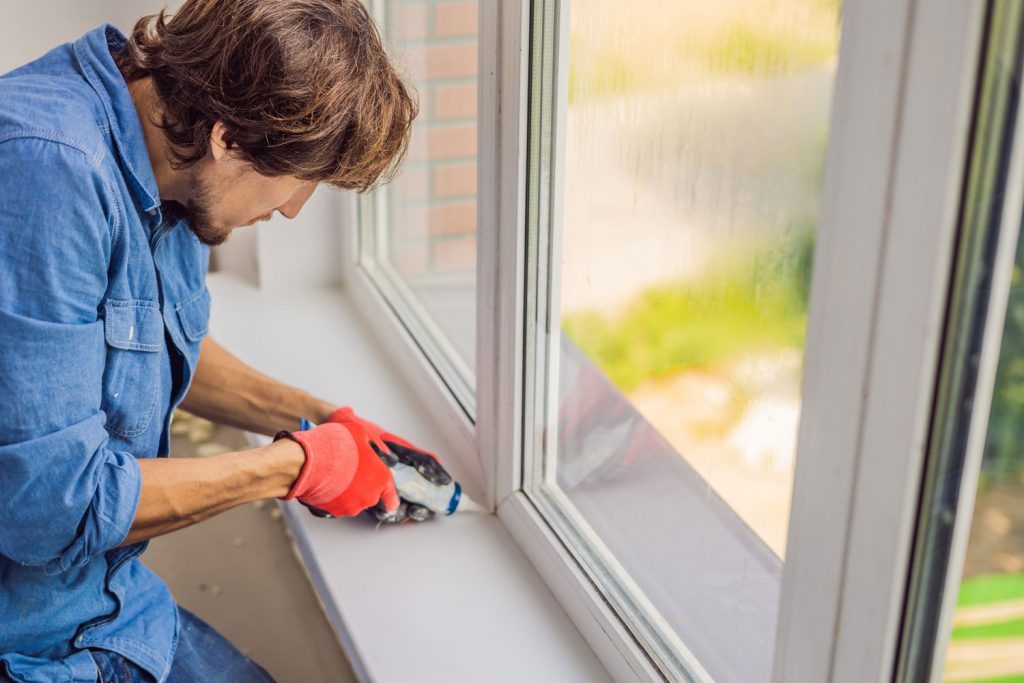
It is recommended to use insulation materials with excellent thermal insulation properties. Polyisocyanurate (PIR) board bounded to plasterboard is recommended as it is twice as effective as other mineral-based insulation materials.
Choosing a PIR board already bound to plasterboard will save you time as you will not need to protect the insulation with plywood.
Caulk or Sealant
You will also need caulk or a sealant to apply to the window seals to minimize air leaks.
This silicone sealant is 100% waterproof and is ideal for all-weather use. Check it out on Amazon.
Weatherstripping or Weather Sealing Tape
Alternatively, you can weatherstrip the windows to prevent leaks.
This weather sealing tape is flexible thus conforms to curves and angles. See it on Amazon.
Step-by-step guide to insulate bay windows:
While insulating only under the bay windows is tempting, insulating the sidewalls under the window and inside the cladding above the bay windows is recommended.
For this project, you will need:
- Your insulating material of choice.
- A sharp pair of scissors or a knife.
- A tape measure.
Use the tape measure to measure and cut the appropriate size of the foam board insulation to fit the underside of the window seat. If the foam board has pre-fitted plasterboard, you will not need to cover the insulation with plywood.
However, in the absence of plasterboard, installing a plywood board beneath the foam board and firmly securing it in place using screws to protect the foam. To improve aesthetics, you can fix edge molding over the outer edges of the plywood.
Weatherstrip the window, caulk, or add a sealant on the window edges to create an airtight room, reducing heat loss.
To insulate the walls above and below the bay window:
- Fix timber battens to the walls using wall plugs and screws.
- Next, install insulated plasterboards to the timber battens. The timber battens support the side edges of the plasterboard and provide an air gap between the wall and insulated plasterboard through which moisture can escape.
- Once this is done, plaster over the insulated plasterboard and attach the window board. You can then proceed to finish the wall as desired.
This video provides a visual guide on insulating a bay window sill.
How to choose the right bay window for your home

Whether you are considering building new bay windows or replacing existing ones, it is important to know what to look for and choose a suitable design for your home. When correctly sized and scaled, these windows create a sense of balance in your home.
Additionally, they add extra daylight to a room since they let in light from different directions.
Sizing
When replacing an existing bay window, it is vital to consider the size of the window being installed. It is more cost-effective to install a window that is the same size or smaller than the existing window. If a wider window is installed, a larger opening and new header will be required, increasing the project's costs.
Bay windows come in various standard and custom sizes to fit any opening. Standard sizes typically measure 3 feet to 6 feet, 6 inches high and 3 feet, 6 inches to 6 feet, 6 inches wide.
Material
Most bay windows are made of vinyl or wood with exterior finish options such as wood clad, extruded vinyl, primed wood, or aluminum.
Although primed-wood bay windows are economical, they require regular maintenance to avoid rotting. It is recommended that you paint them.
Regularly scrape the paint and then re-paint them to avert rotting. In contrast, while vinyl bay windows are affordable and maintenance-free, they may not be as aesthetically pleasing.
Clad windows offer a low-maintenance aluminum or vinyl exterior finish and an all-wood aesthetically pleasing interior. However, they are pricier than the alternative options.
Sash Type
The type of sash of the other windows in your home will also influence the bay windows you install. While the sash doesn't need to match, you may be interested in retaining a similar design.
If you install taller, narrower bay windows, you can opt for casement windows. In contrast, a double-hang sash may be ideal where the bay windows are shorter.
Proper Support System
How the bay windows are supported will impact the design chosen. It is recommended that bay windows be supported from below with braces or above with steel cables mounted to the overhead framing.
Support cables are less noticeable as they are hidden inside the window frame. However, if your bay windows manufacturer does not offer support cables, you can still support the bay window with these cables by buying them separately and adapting them to suit your windows.
Eaves
It is critical to ensure that there is an eave above the window since the bay window will be tucked beneath it. Therefore, determine that the height you choose for your window leaves enough room above it for an eave.
If an eave is missing, it must be built above the window. Taking this into consideration will ensure that you choose just the right bay window for your home.
How to make Bay windows more energy-efficient
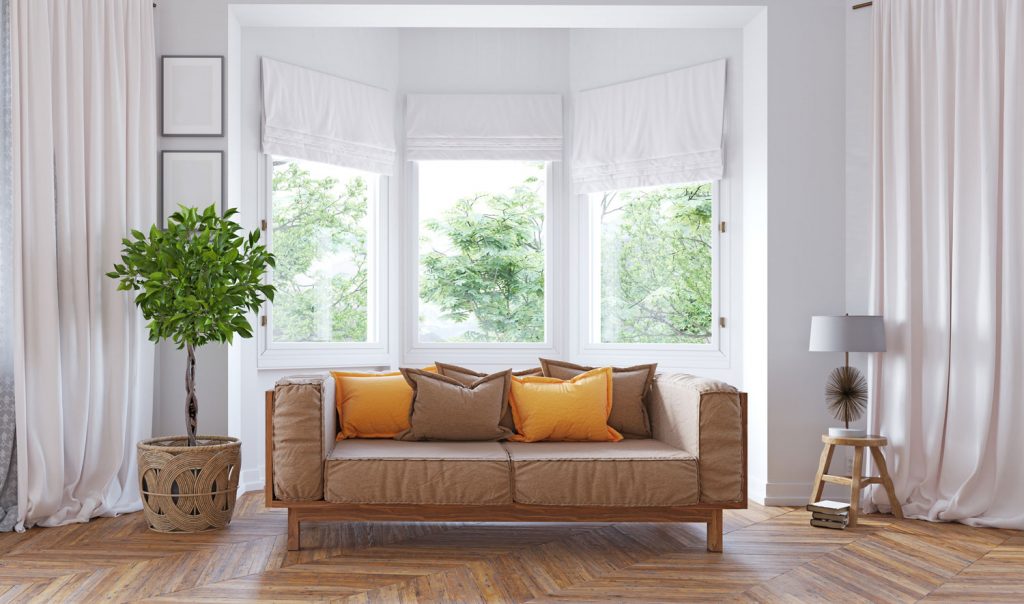
The frame, design, type of glass, and how bay windows are installed will influence their energy efficiency. Most window frames made from wood, vinyl, or aluminum-clad are energy-efficient and affordable.
Bay windows with double-pane glass are more energy-efficient as they have a layer of air between the two glass panes that slows down the heat or cold transfer.
While bay windows with double panes may initially be more expensive than those with single panes, you will eventually recover the extra costs from savings on reduced heating or cooling costs in the home.
Low-E glass features in bay windows also improve their energy efficiency. These windows have a thin transparent coating that reflects the interior temperature inside, minimizing heat loss and enabling you to achieve stable temperatures at home. This layer also blocks UV rays from entering your home, thus reducing furniture fading.
Consulting a professional to install the bay windows will ensure that they are correctly installed, thus energy efficient.
Final Thoughts
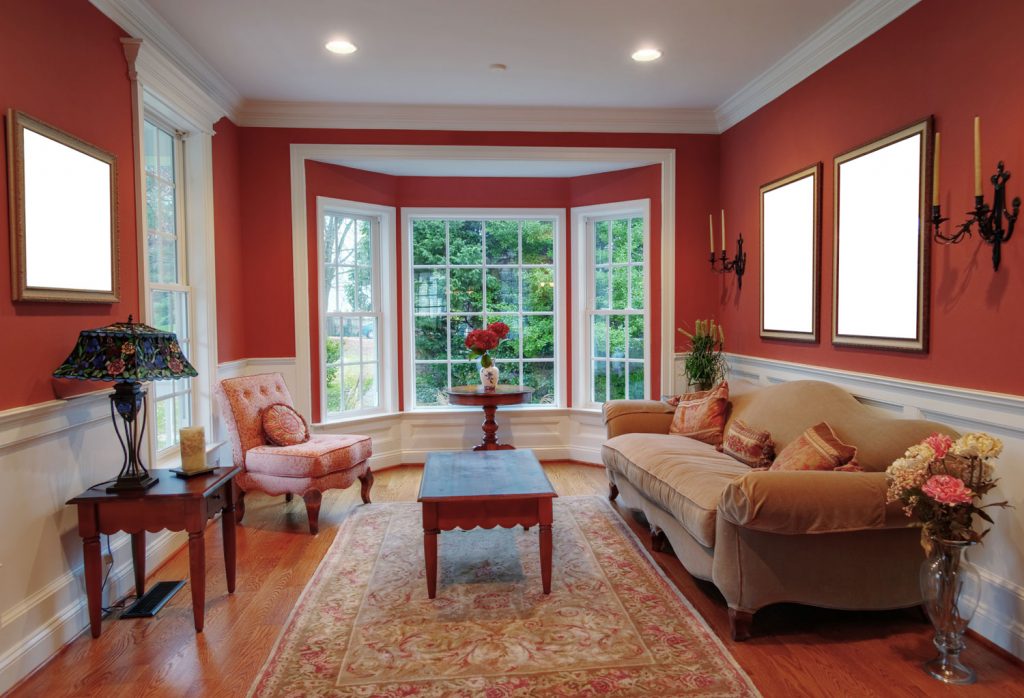
Bay windows are a functional and beautiful addition to the home. They let in more natural light while creating an aesthetically pleasing space that can easily be the focus of the home.
Insulating these windows minimizes heat loss and ensures that you enjoy even temperatures in your home at all times. Additionally, insulation also improves the efficiency of the HVAC system in your home and lowers your utility bills.
There are a variety of designs in the market to suit your needs and tastes. Carefully consider an option that not only works well for you but is also suitable for the space you intend to install the bay windows.
Before you go, check out our other topics:


